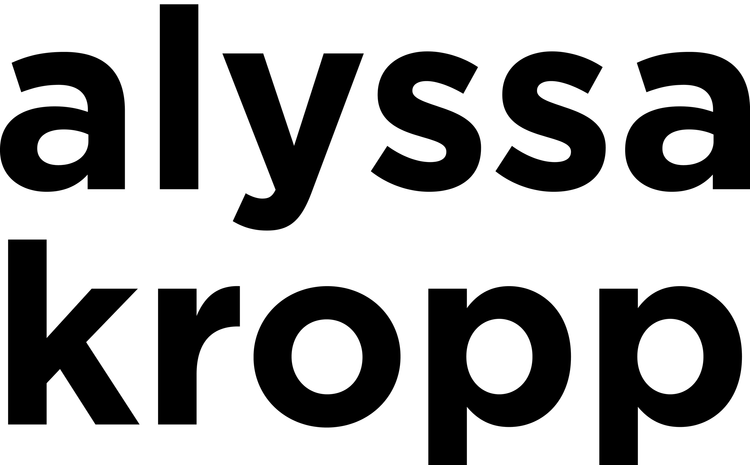If I'm being honest, I had given up on writing. Coming home from work, I was in no mood to think, let alone write. I had broken my habit and didn't know how to get it back, and every day that passed made starting up harder until it became a mountain I couldn't bear to look at.
Going back to school was probably the best thing that could have happened for my writing. It forced me back into it, albeit slowly. We were reading so many things on topics I had never explored. From blockchain to emergence to design and politics: it was overwhelming and exhilarating.
So below, you'll find the blog posts I had to do for my seminar class. I've captured snippets below, but you'll have to follow the links to read the whole thing (until I decide to move them all over).
For me, they capture a new way of seeing the world. For you, I hope they let you in on a bit of what we've been learning.
Is there an inherent wickedness to international development?
In Rittel and Weber’s seminal article Dilemmas in the General Theory of Planning, they state that “a weak strut in the professional’s support system lies at the juncture where goal formation, problem definition, and equity issues meet.” With this definition, I’d argue that at this juncture also lies international development.
International development and planning are inextricably linked because development is essentially strategizing for communities at all levels. The projects vary and can be focused on health in one remote village to the public policy around city slums. They create goals for alleviating poverty and must tackle multitudes of problems rolled into one, all in locations where equity might never have been acknowledged. It is at the crux of these weakened struts.
Is this because international development is in itself a “wicked problem”?
Continue reading here.
Music, Gender, and Agency
Being enrolled in this program, I’ve now begun asking myself if it’s possible to design spaces and experiences, both virtual and physical, that allow for distributed power and promote individual agency in musical contexts. How can we ensure girls aren’t dissuaded from following technical passions? Can we design a club space that is truly safe? How might we design opportunities for women and minorities to access music education, experience, and clout in ways beyond what is already occurring?
Read the entire blog post here.
Design as Political Practice
Politics are in again. Here in the US, they’ve become more prominent in conversations due to the recent elections, harkening back to the 1960’s when marches and protests were abundant. It’s evidenced in the sheer number of newspapers who spend more time writing about it, from standard culprits like The Wall Street Journal and The Times to Teen Vogue. It fills up news feeds on social media and everyone, from celebrities to grandpas, are voicing their opinion louder and more regularly than before.
So what is the convergence of politics and design?
Having an opinion in design is how you make a living; you have to be confident in your presentation and your idea to not only present it to a client or partner, but to also fully implement your work. Opinions and design are so integrated that you cannot have one without the other.
Finish reading here.



